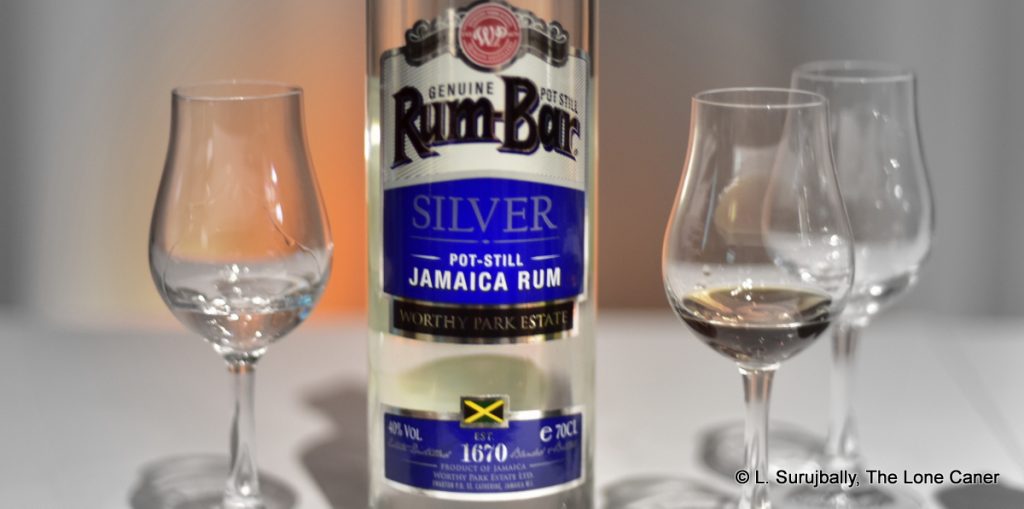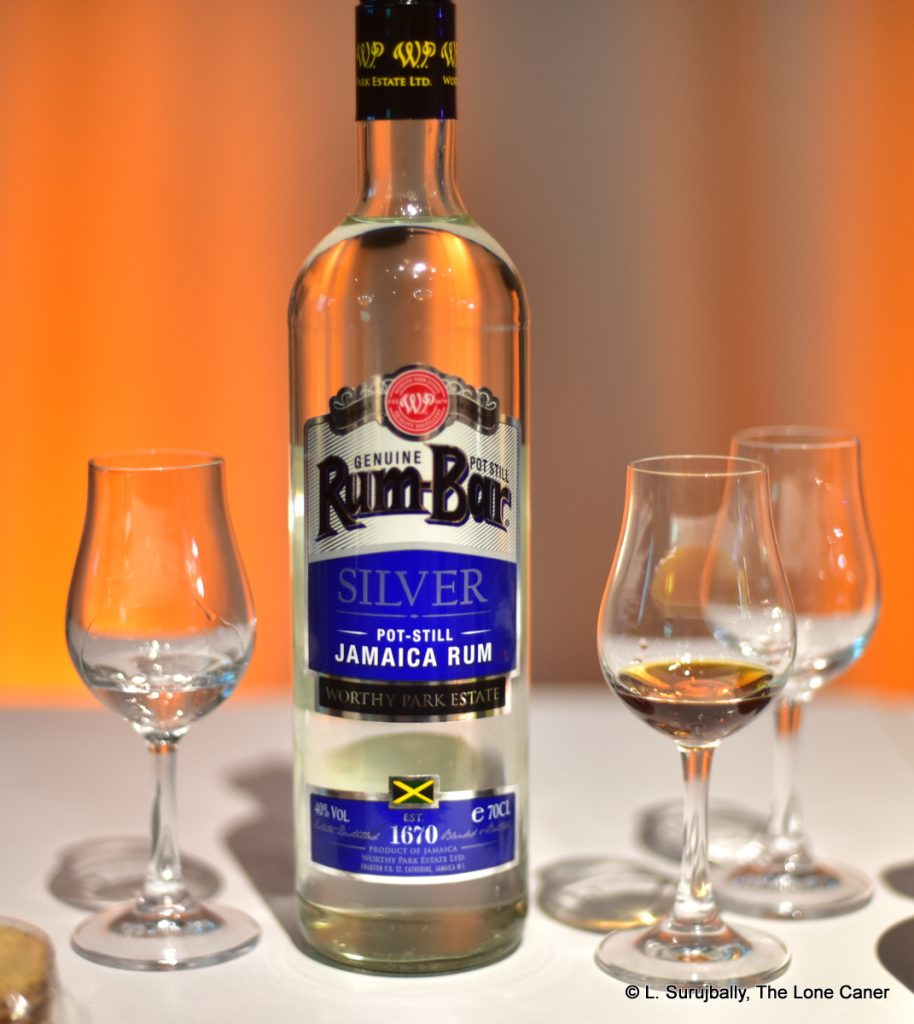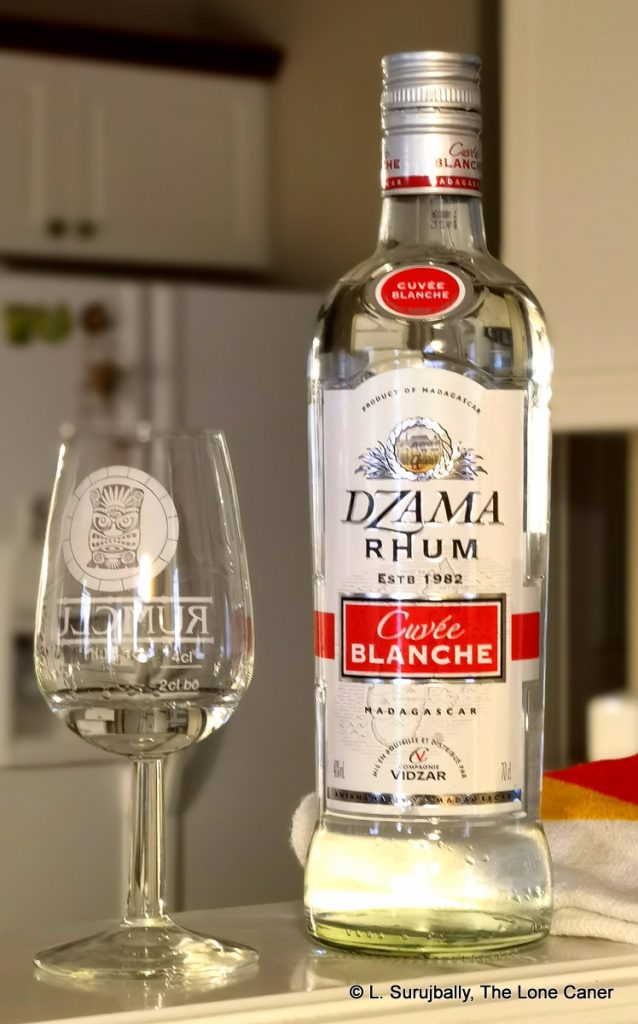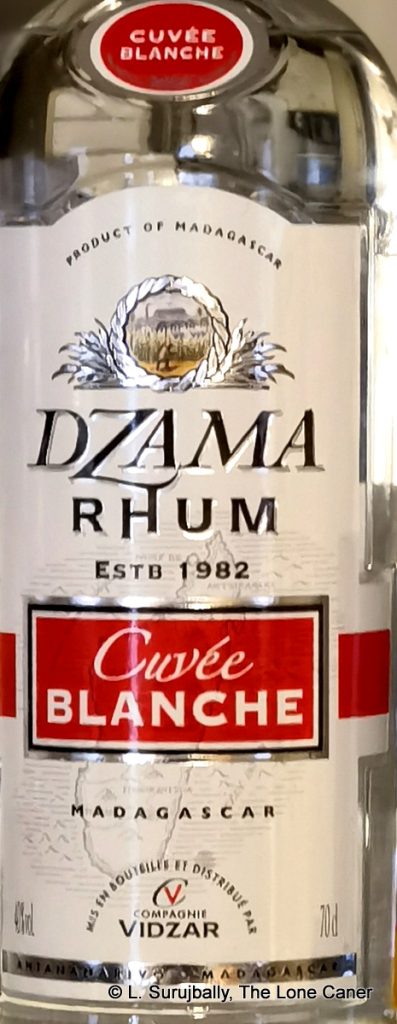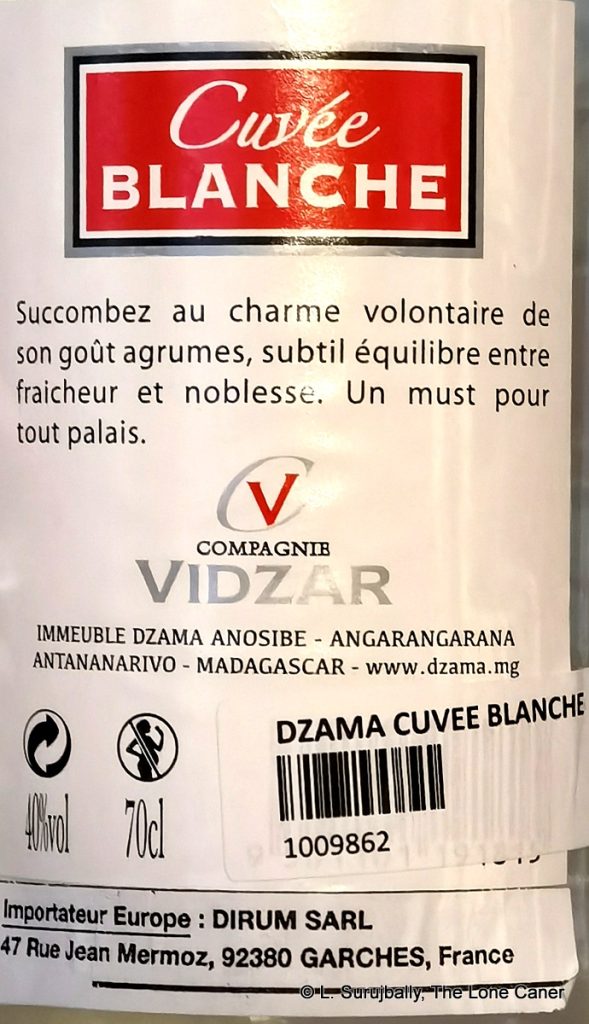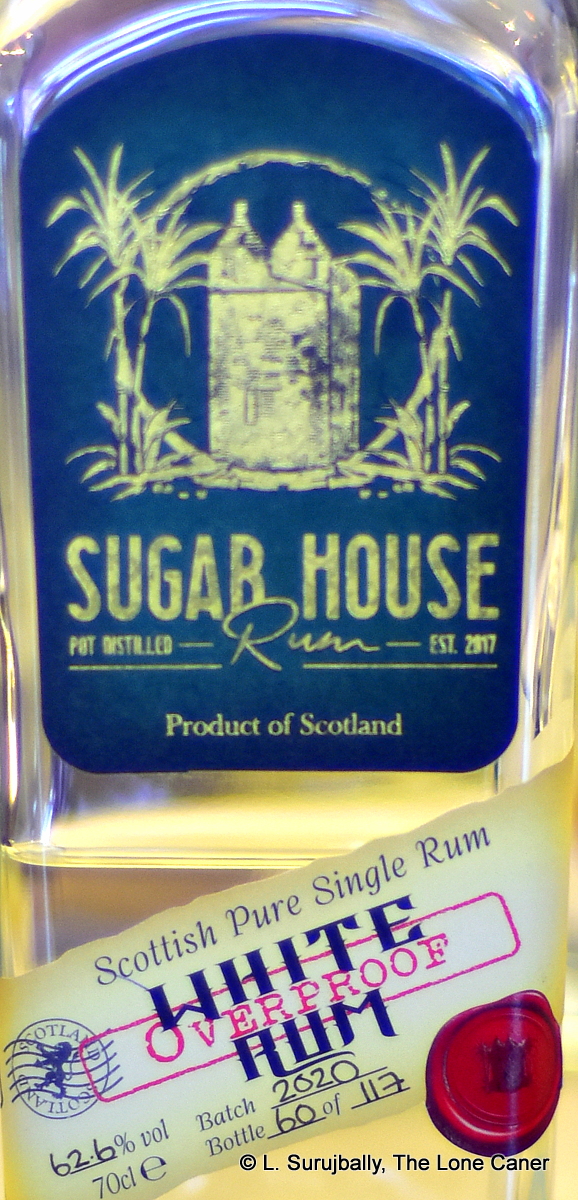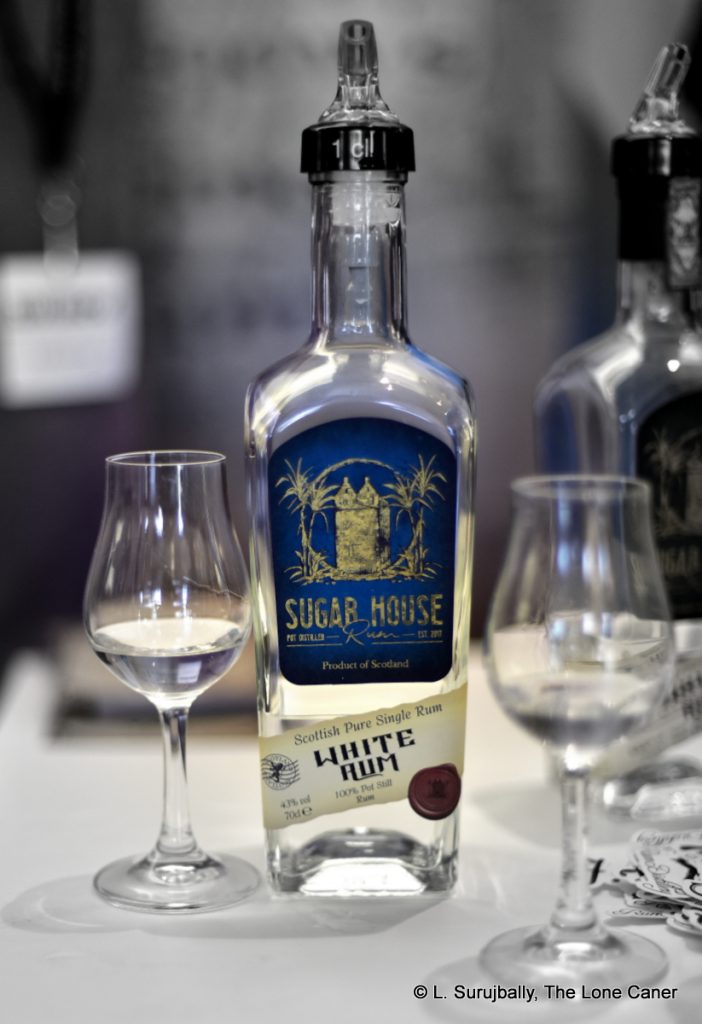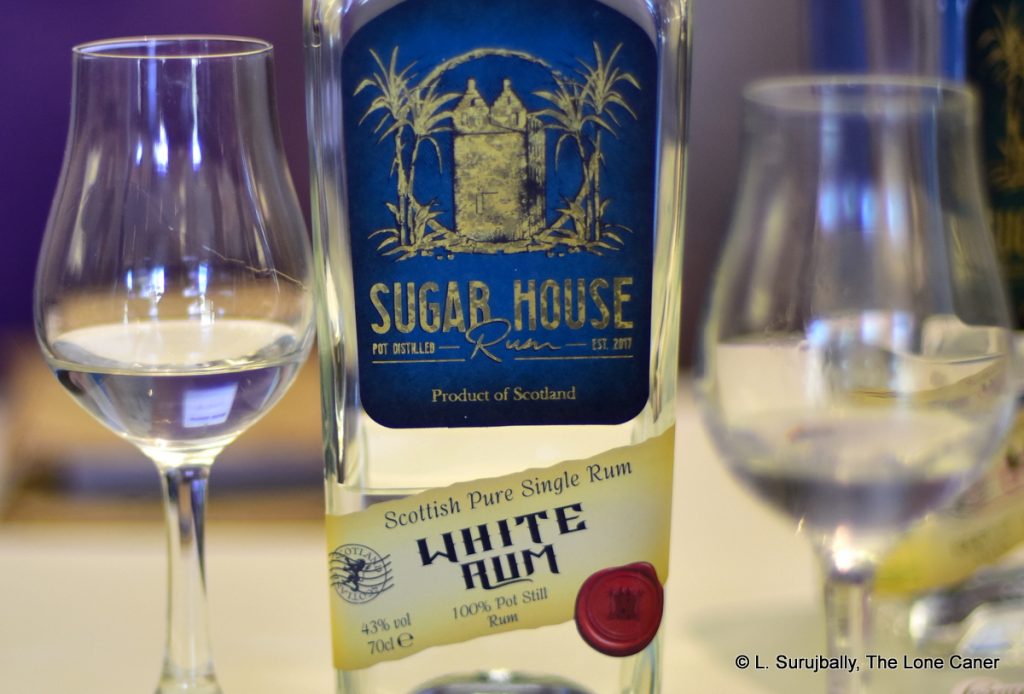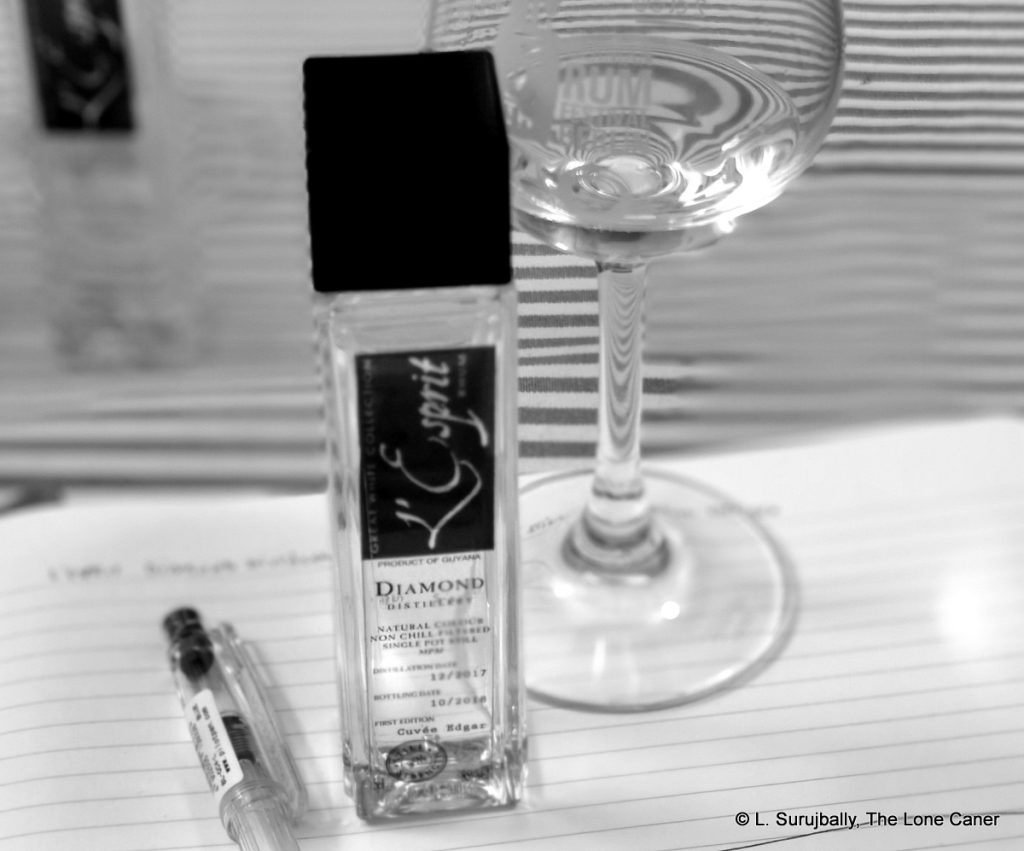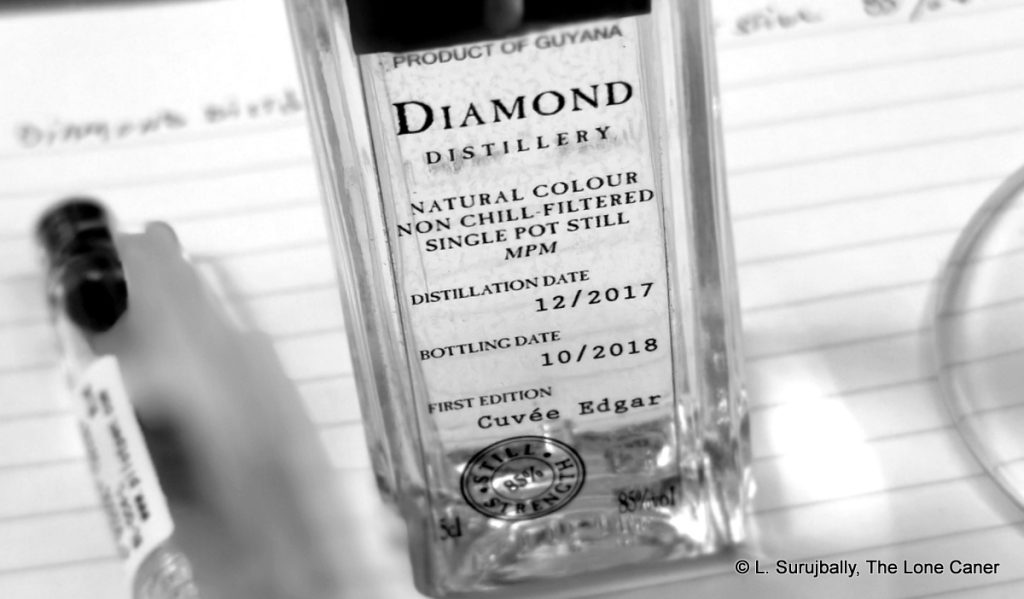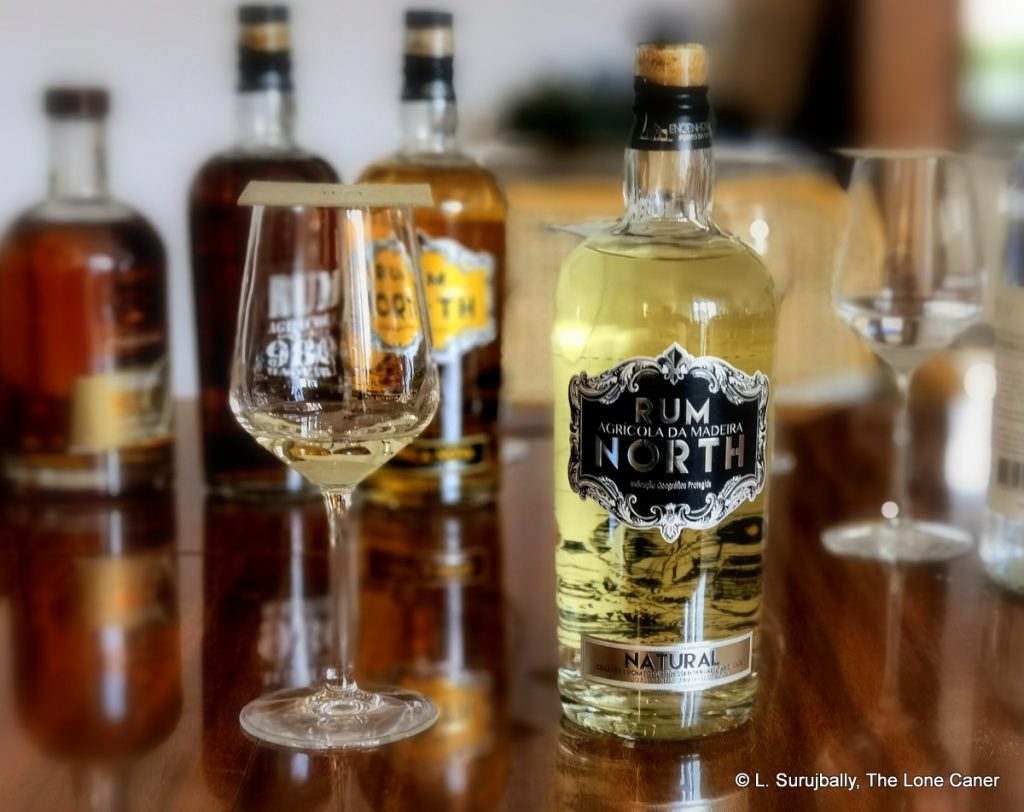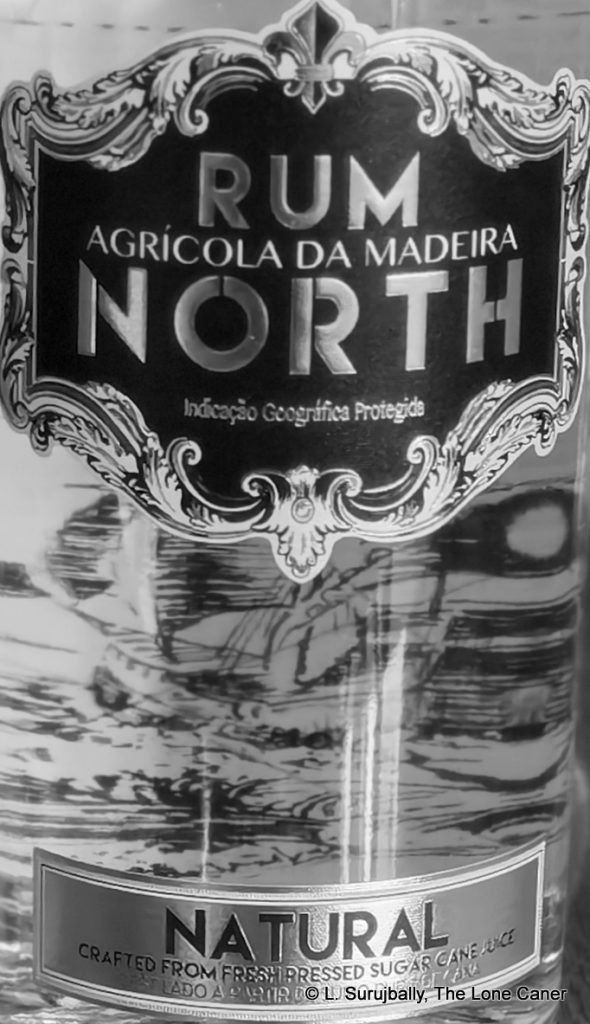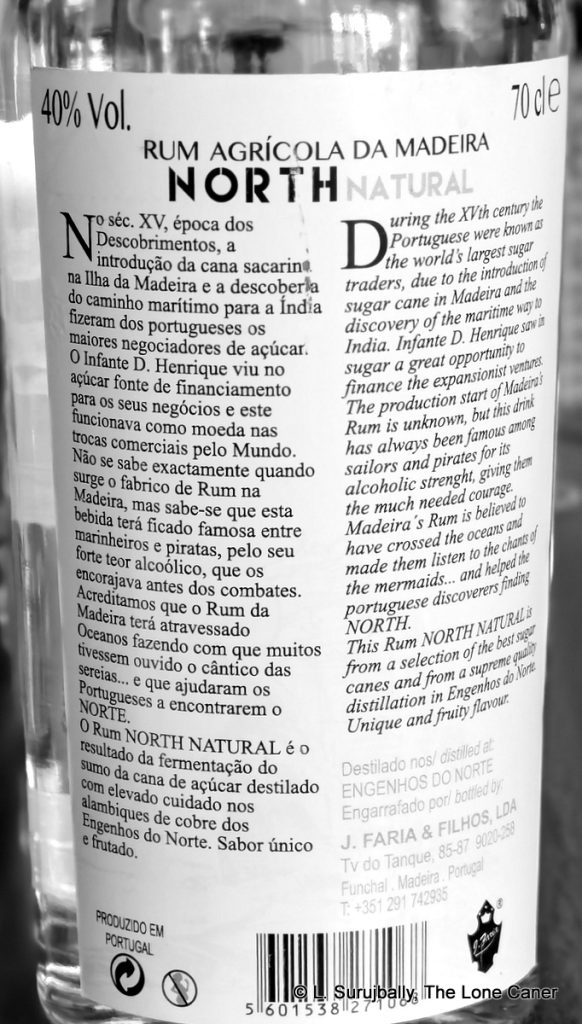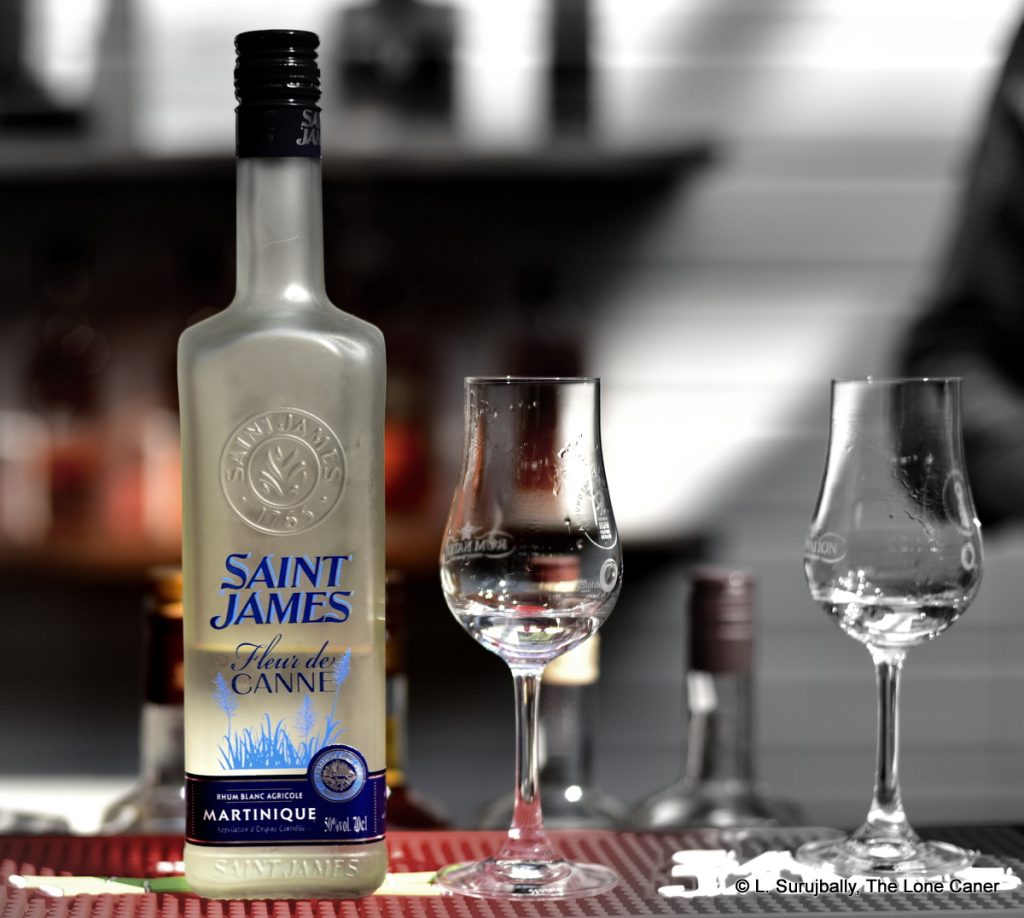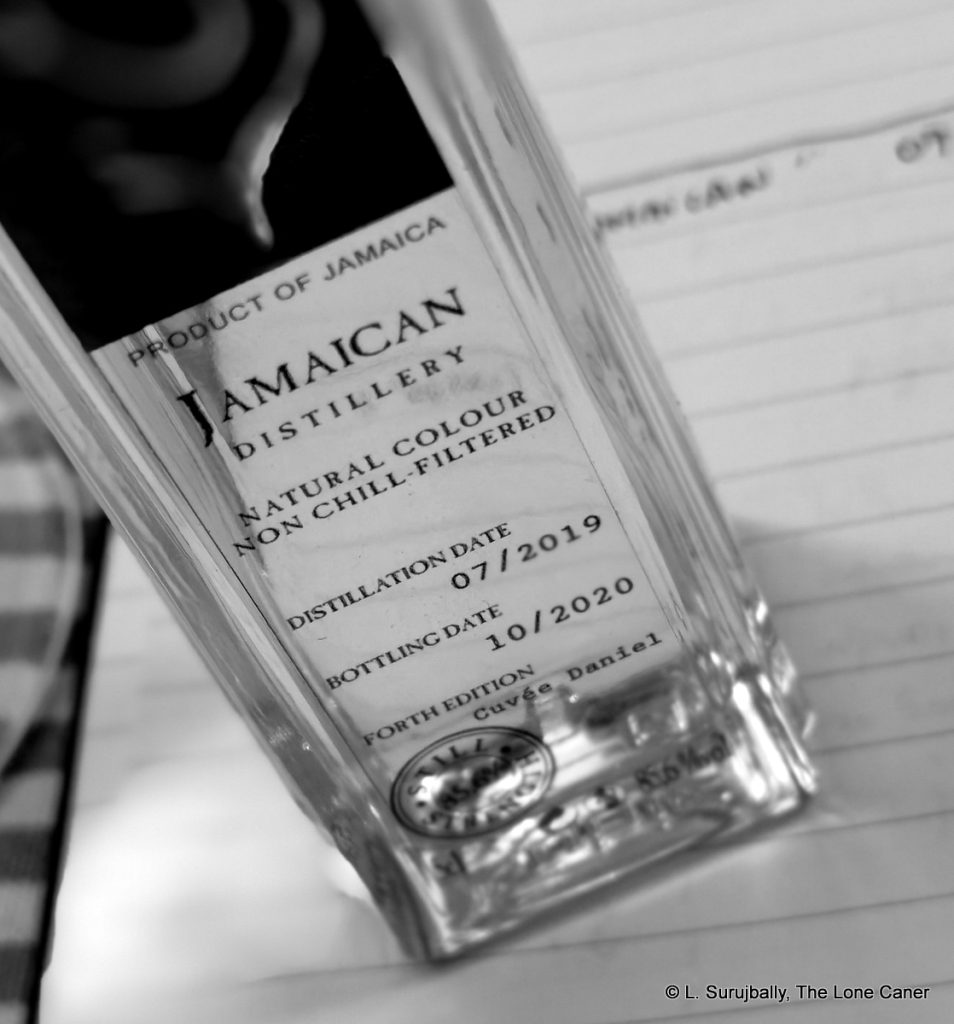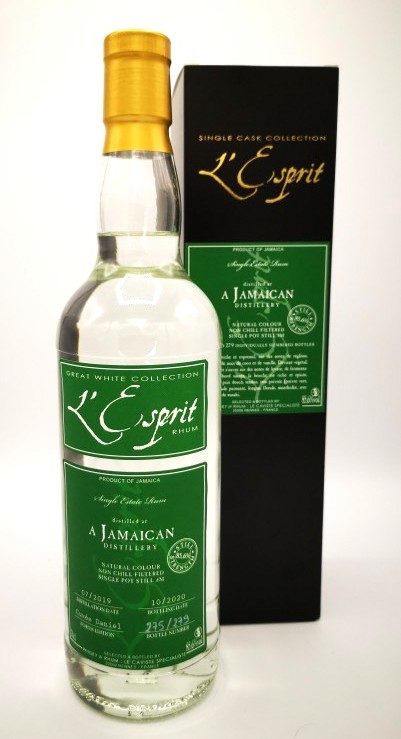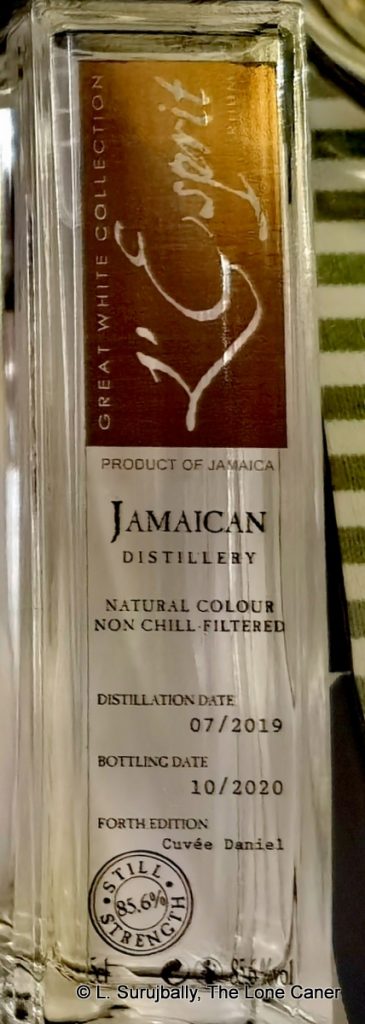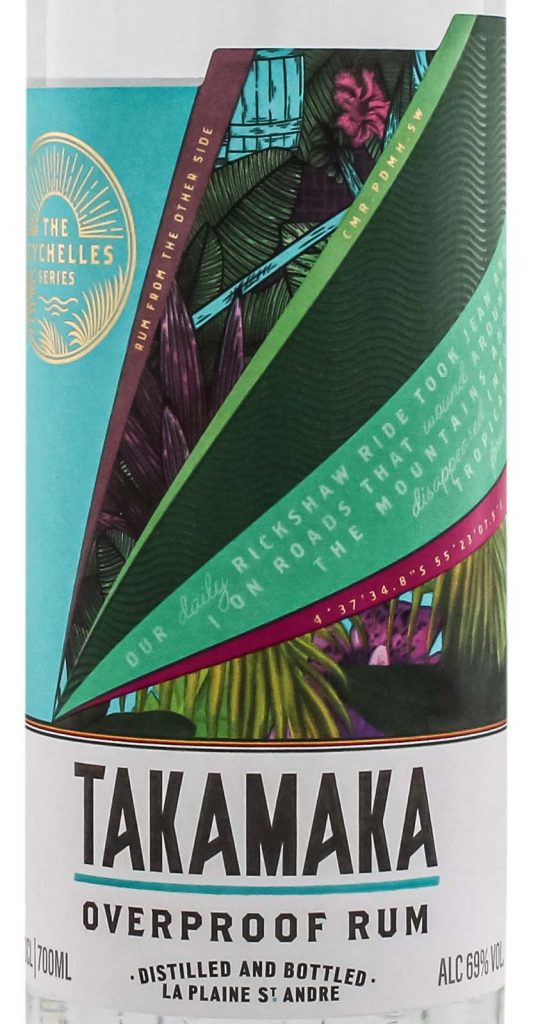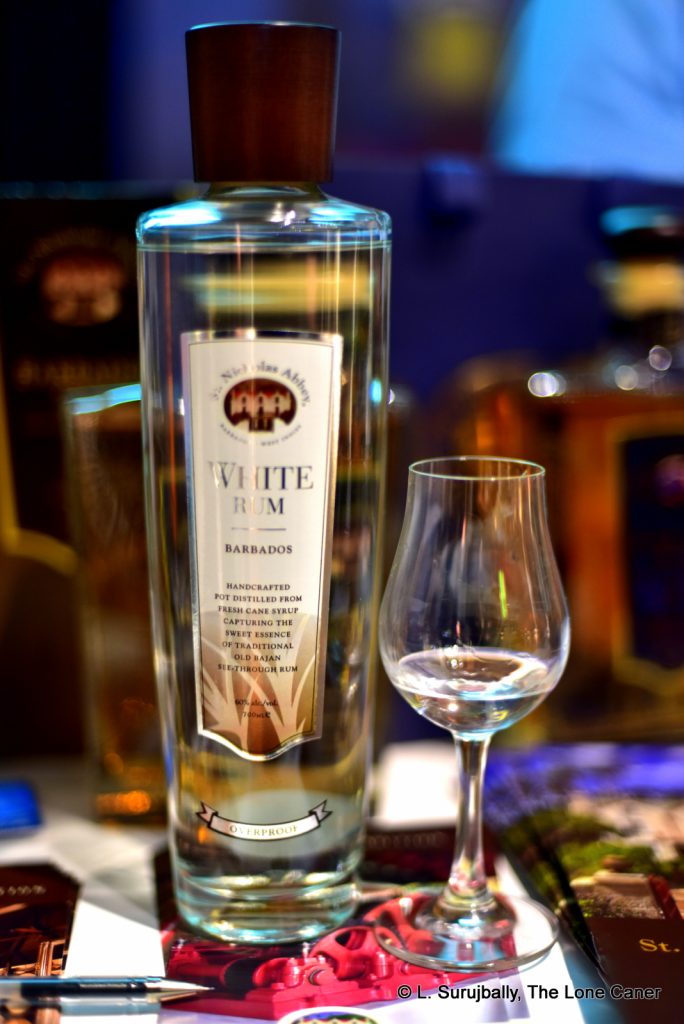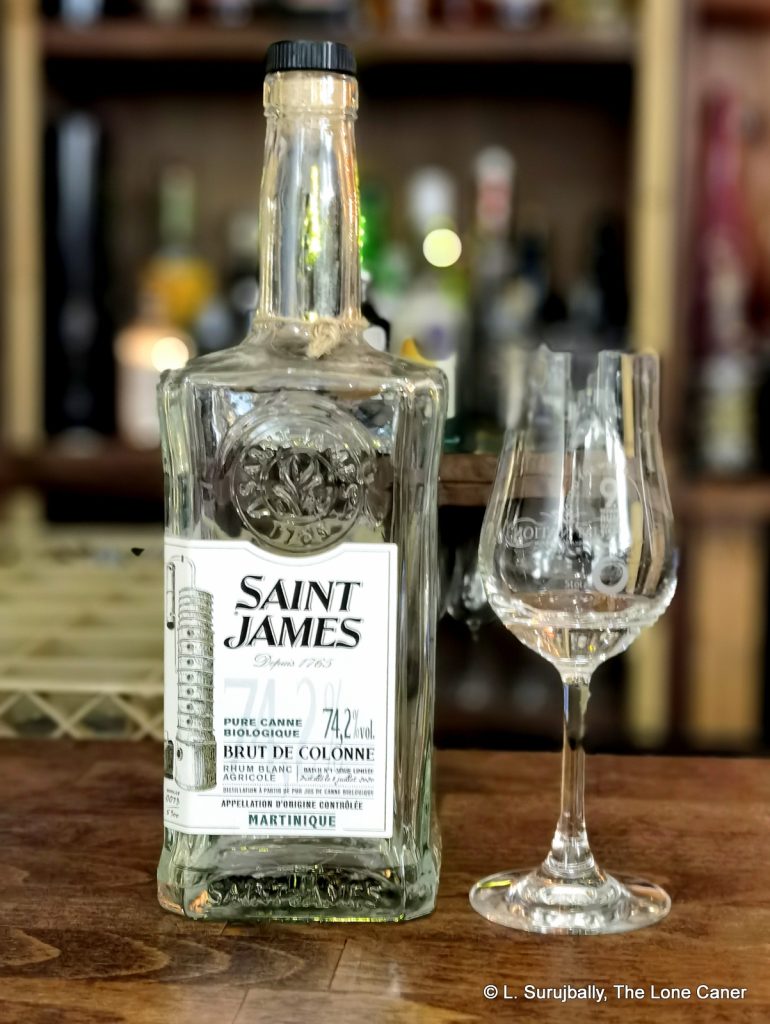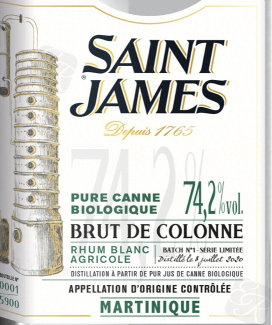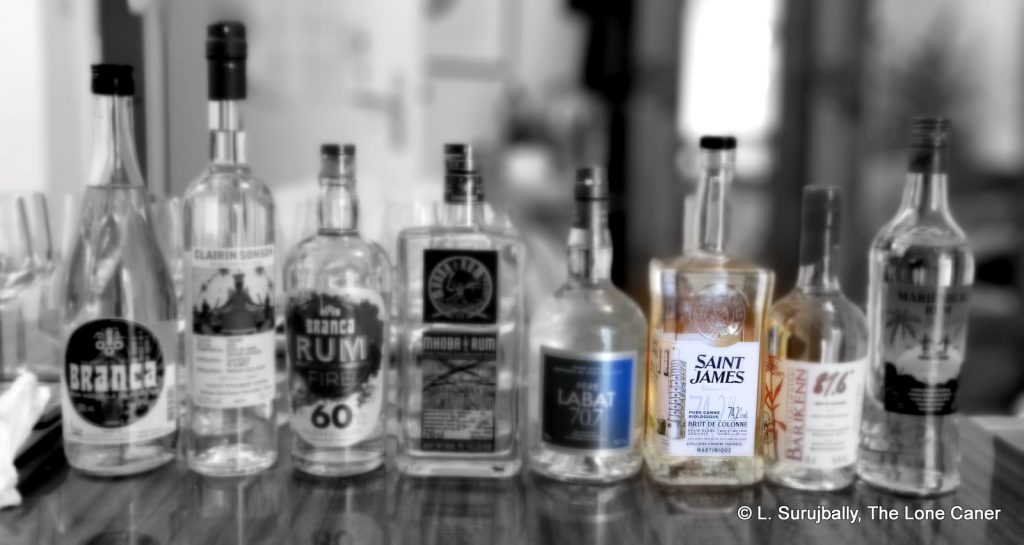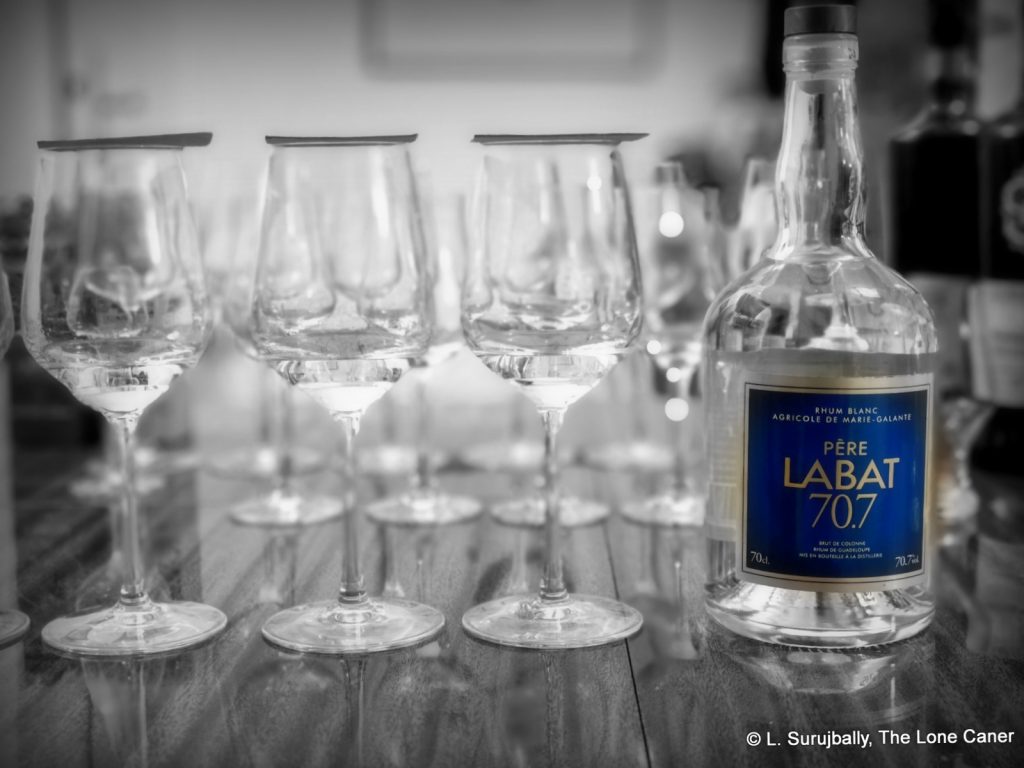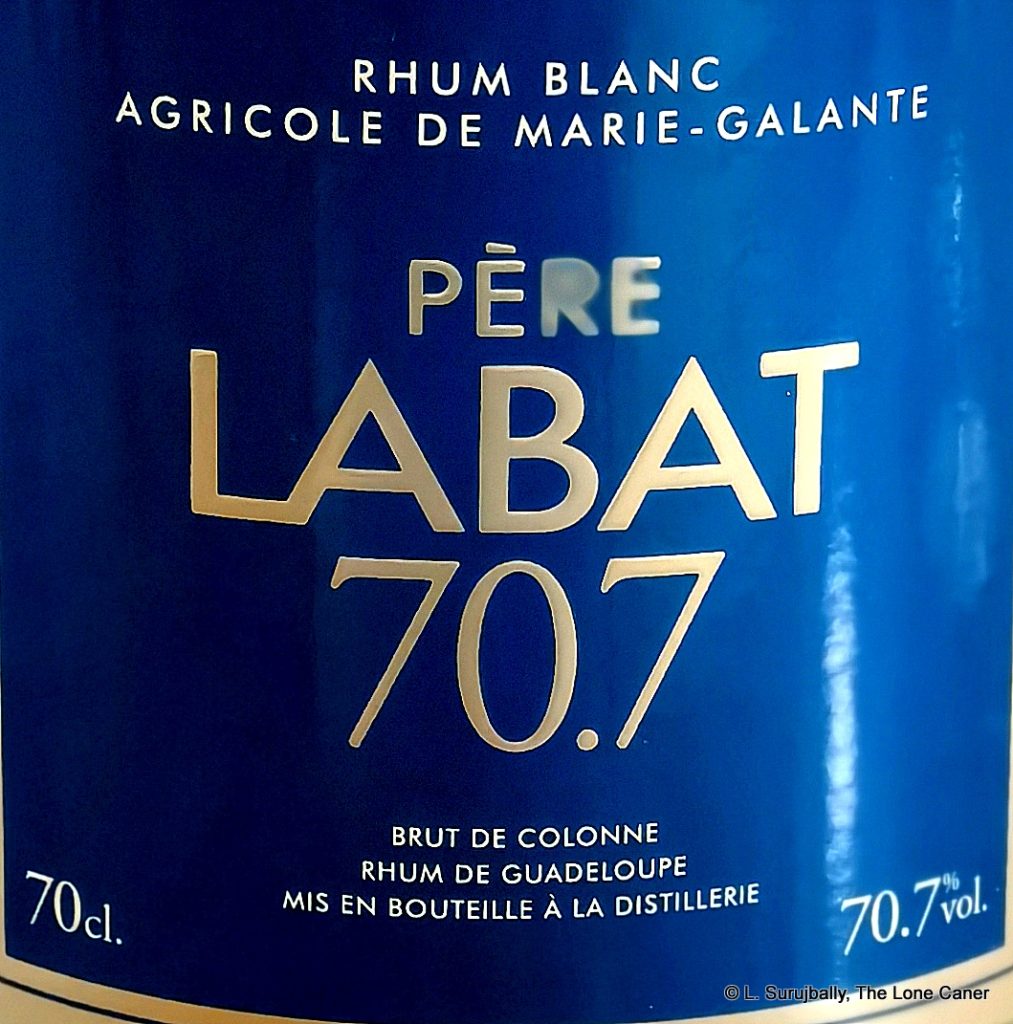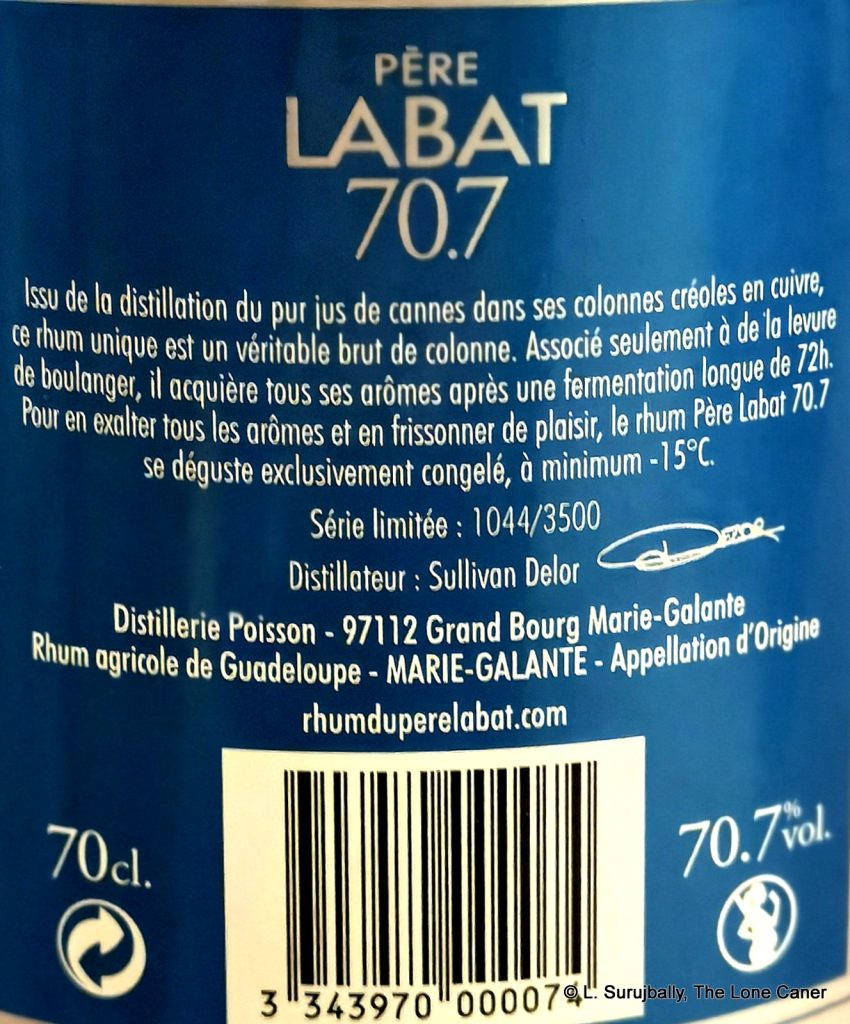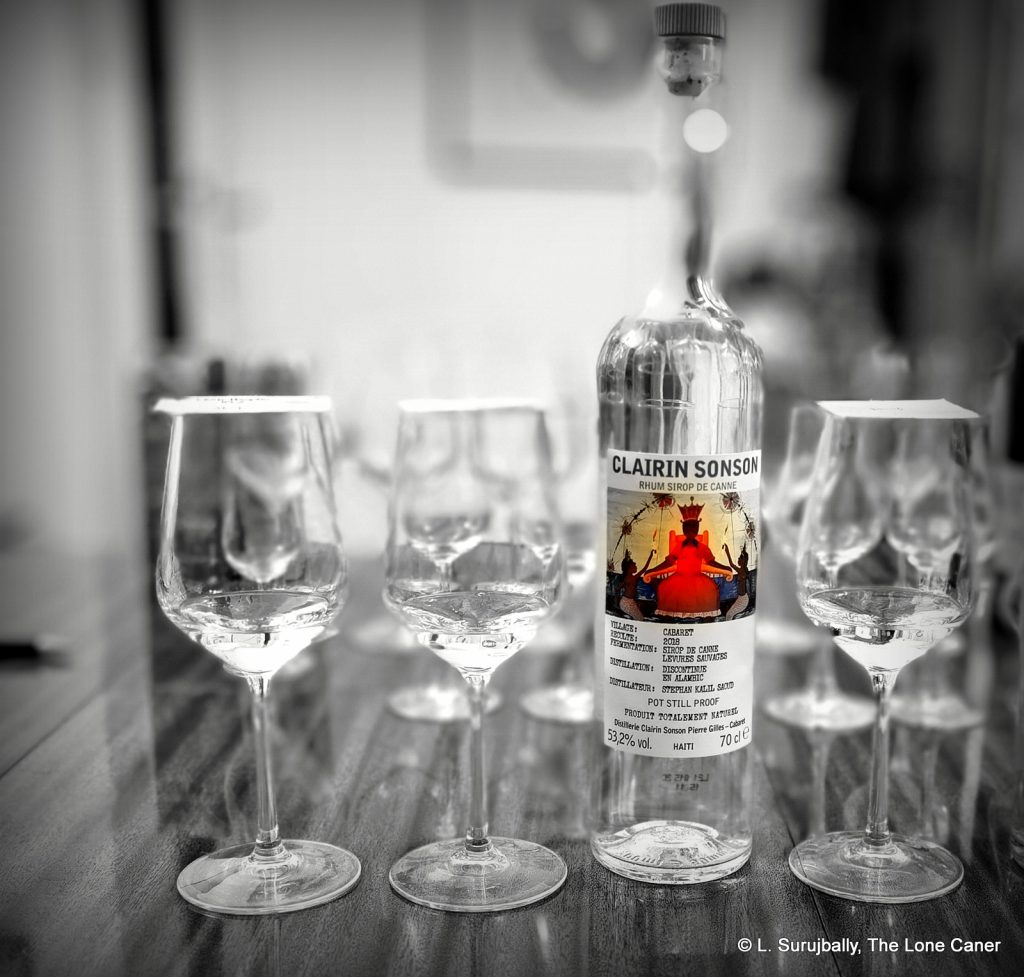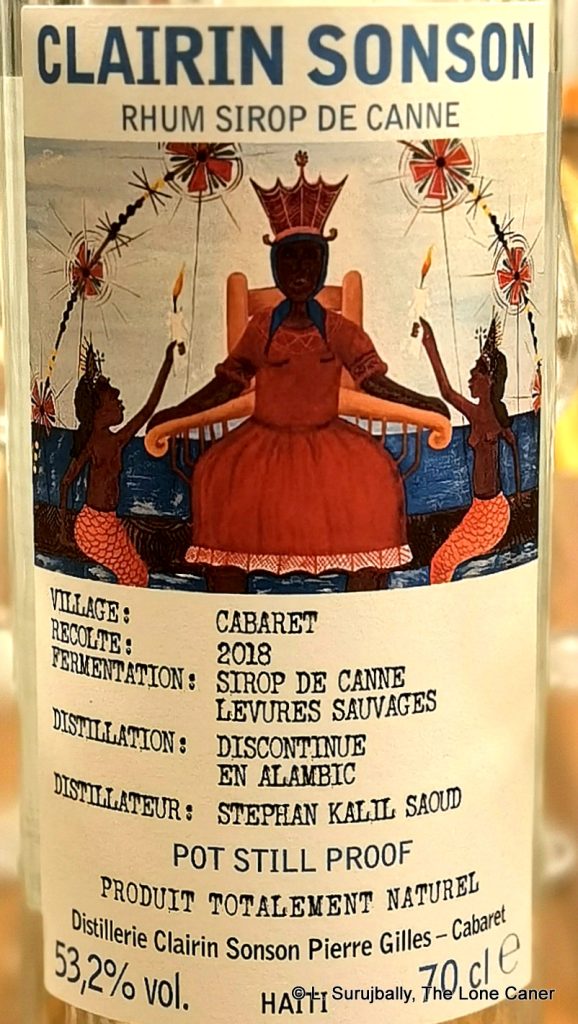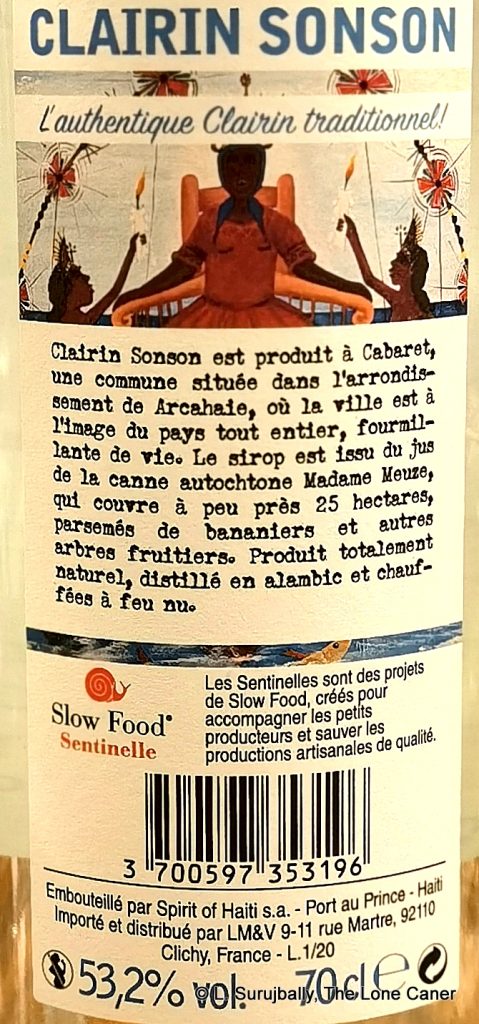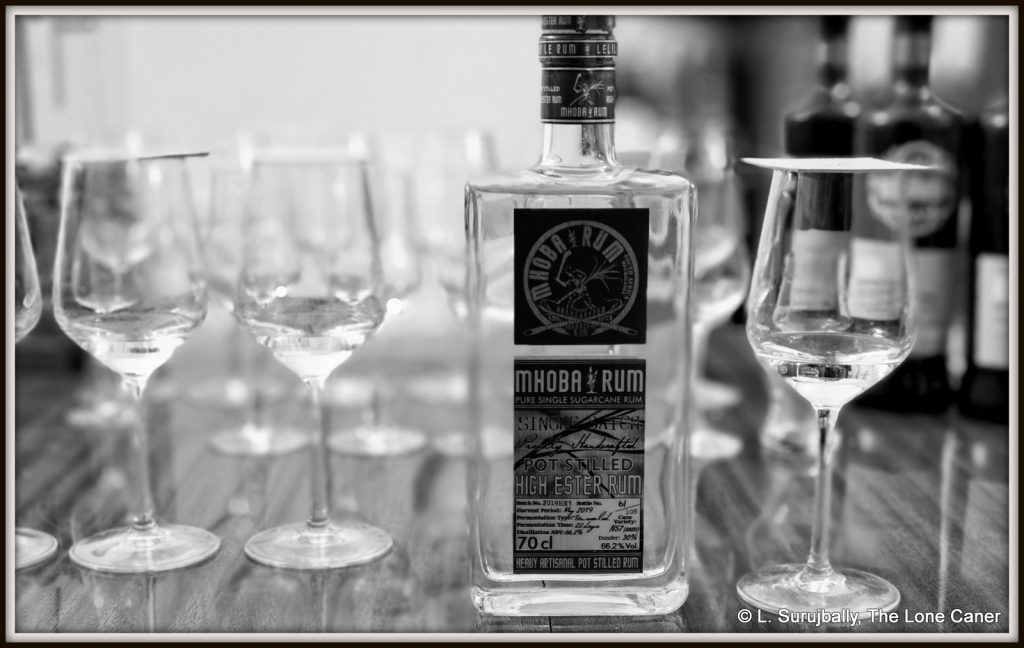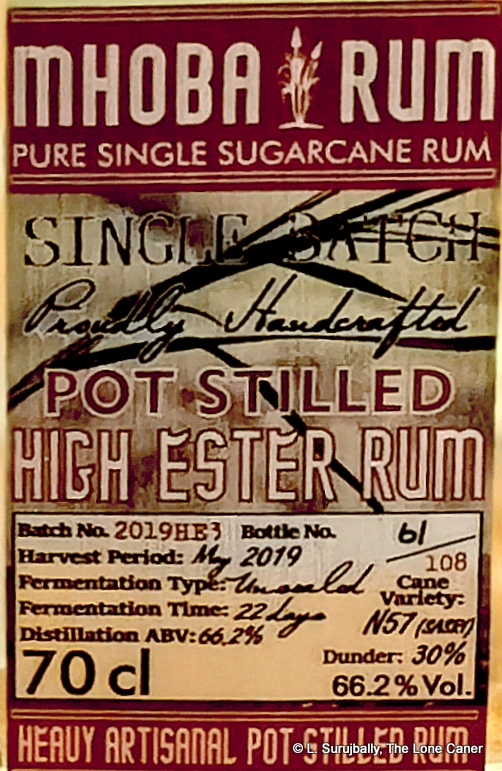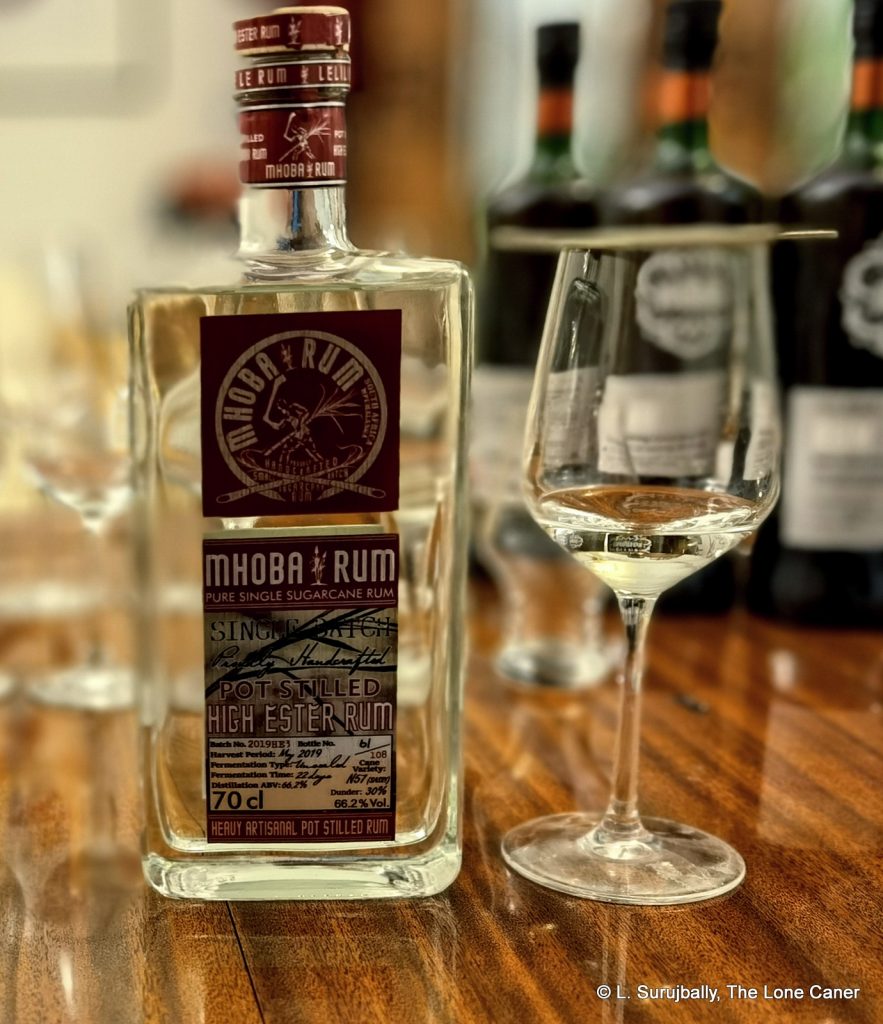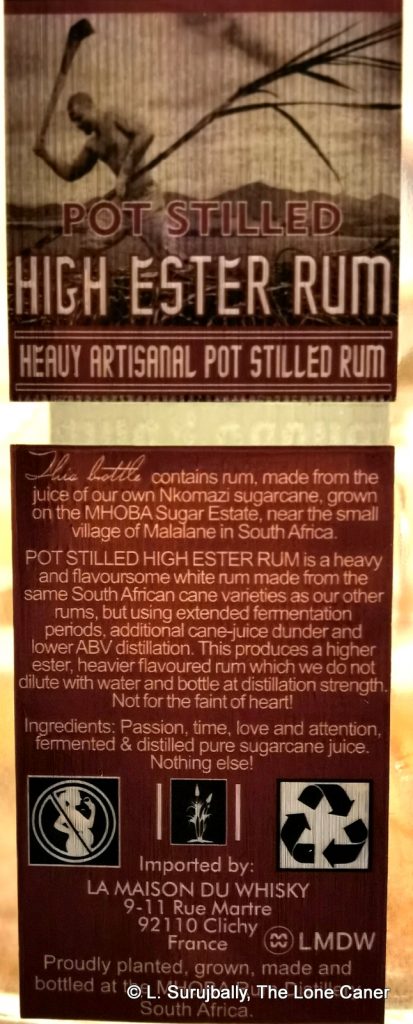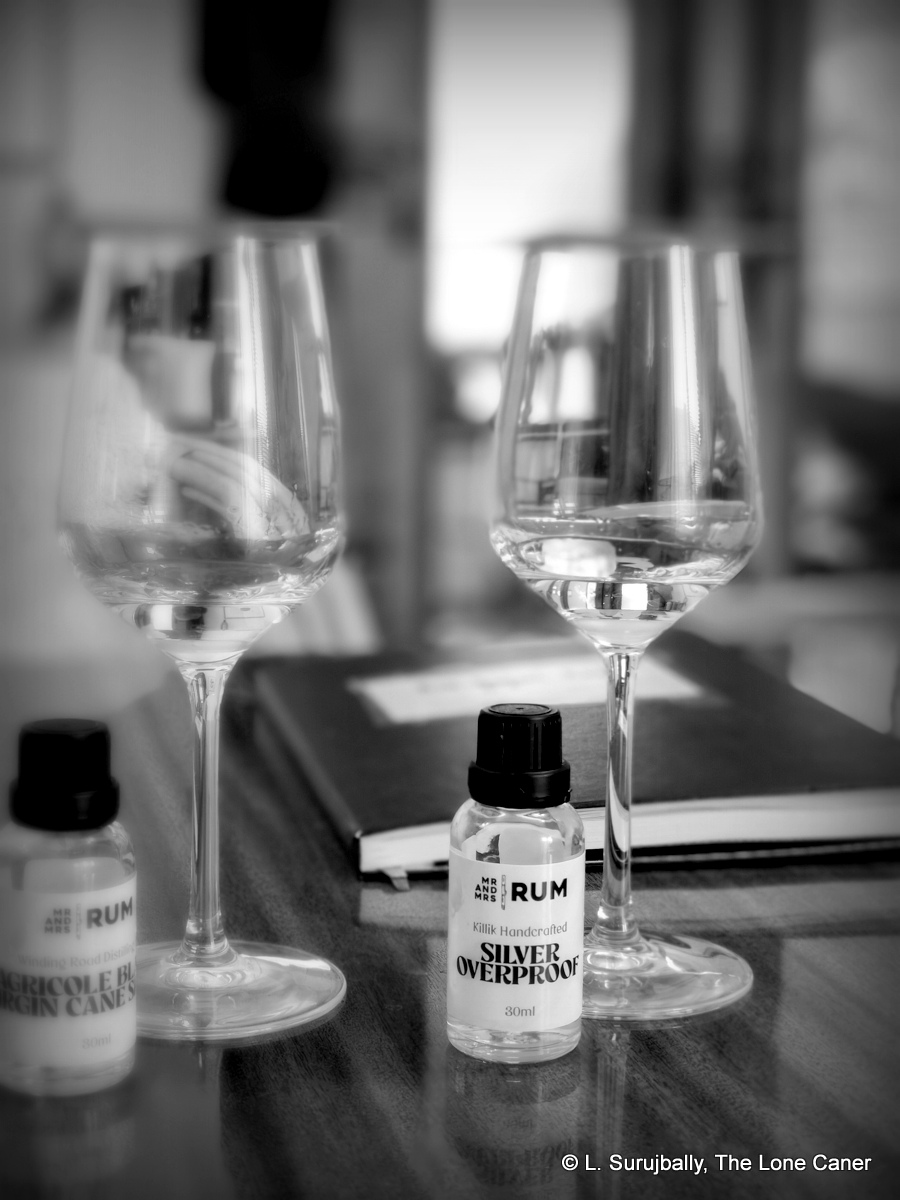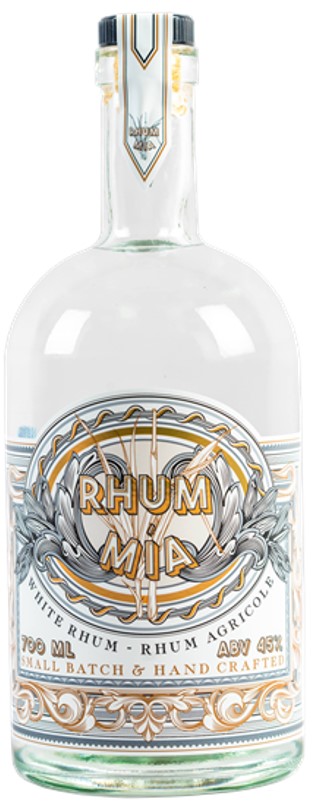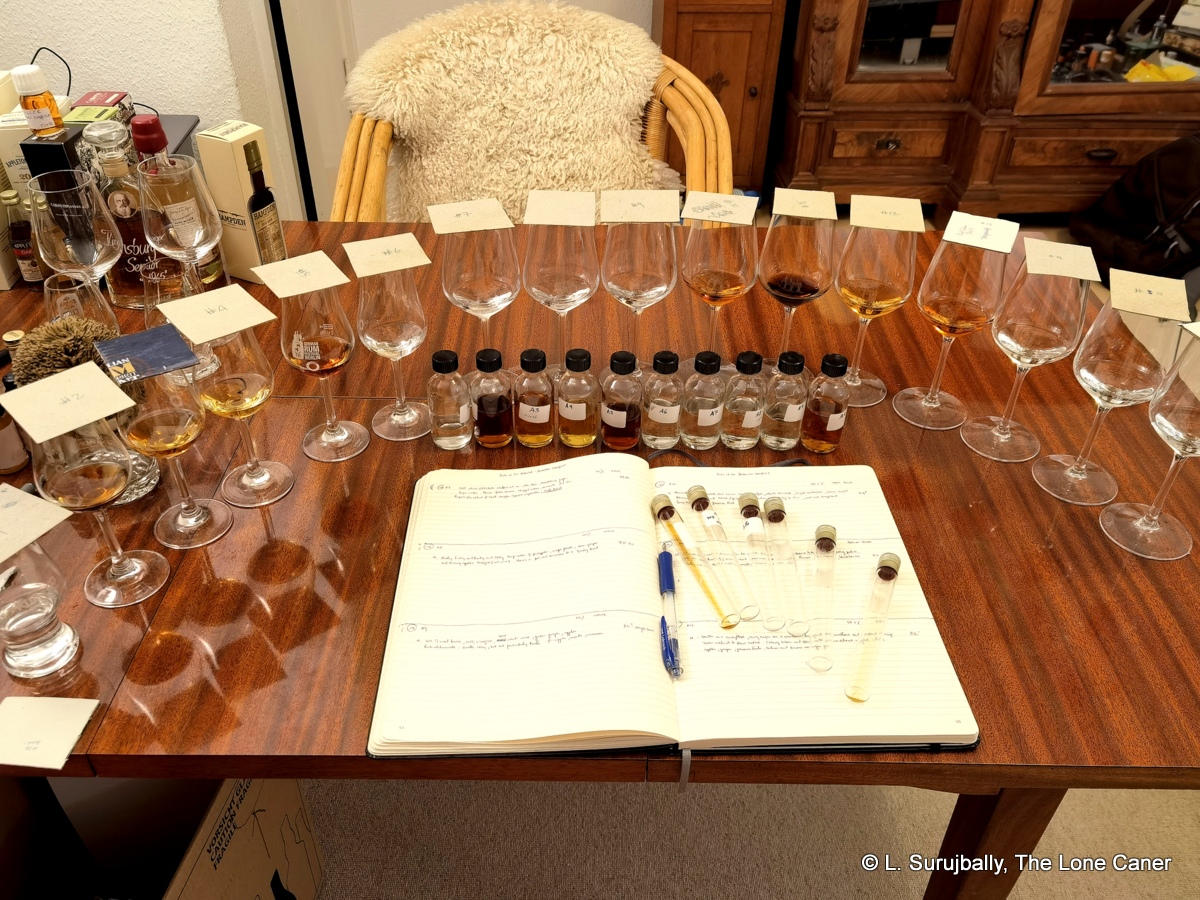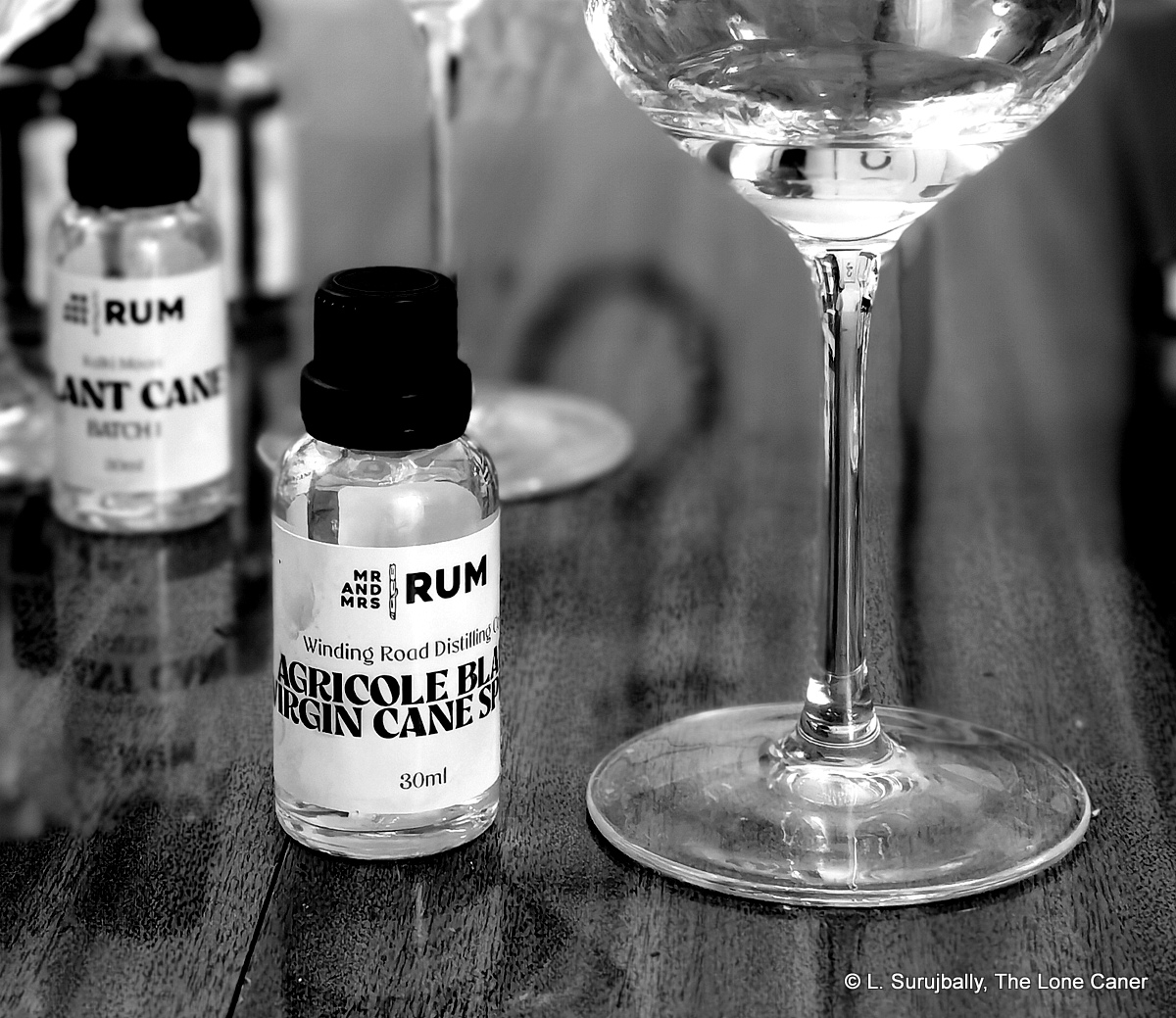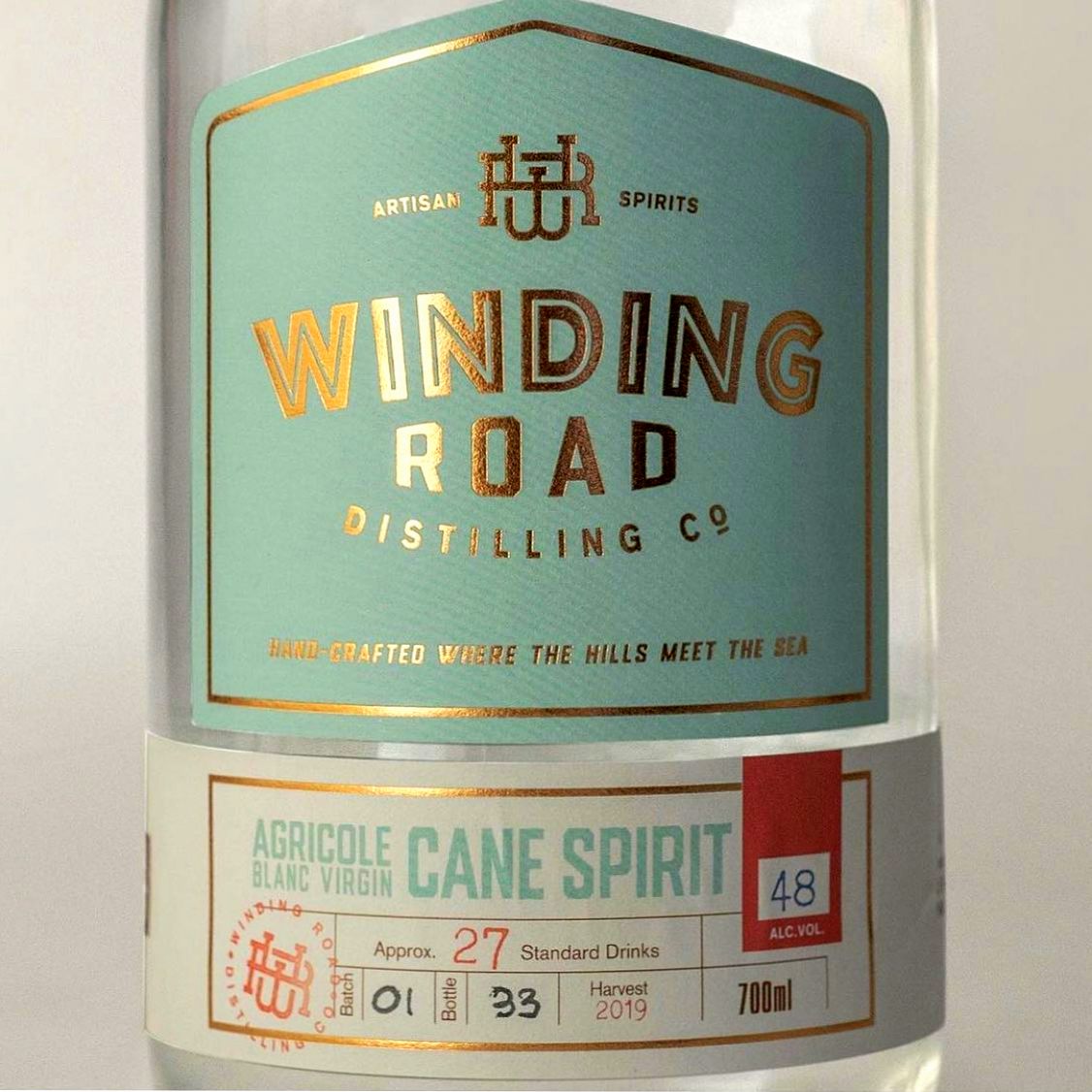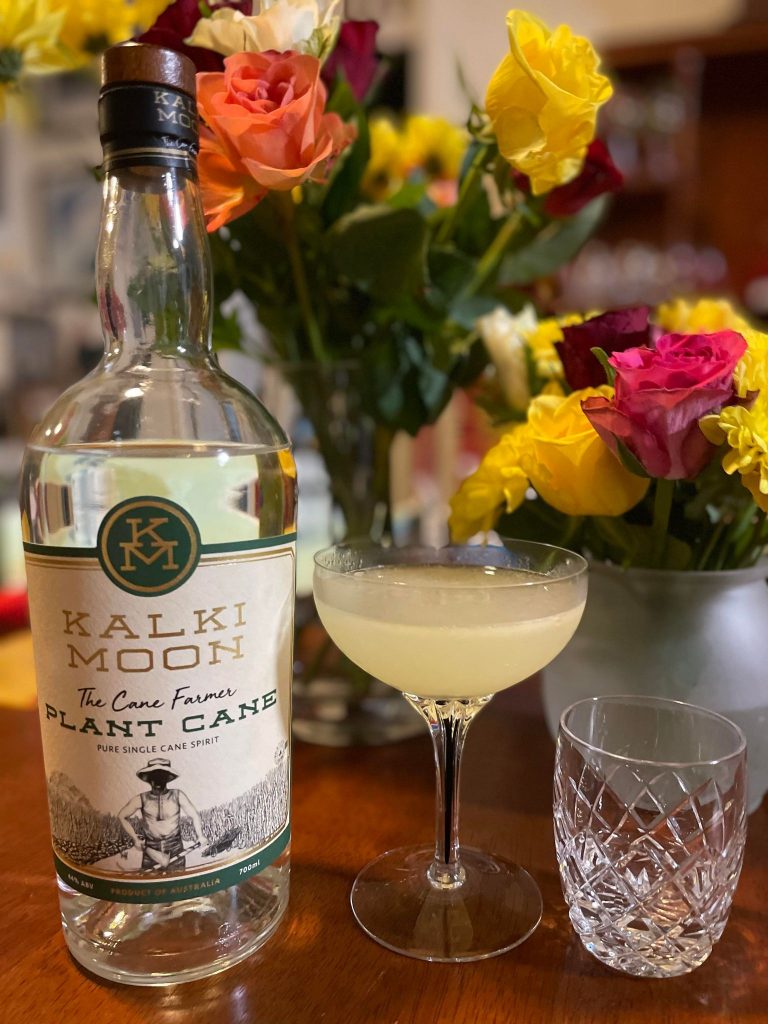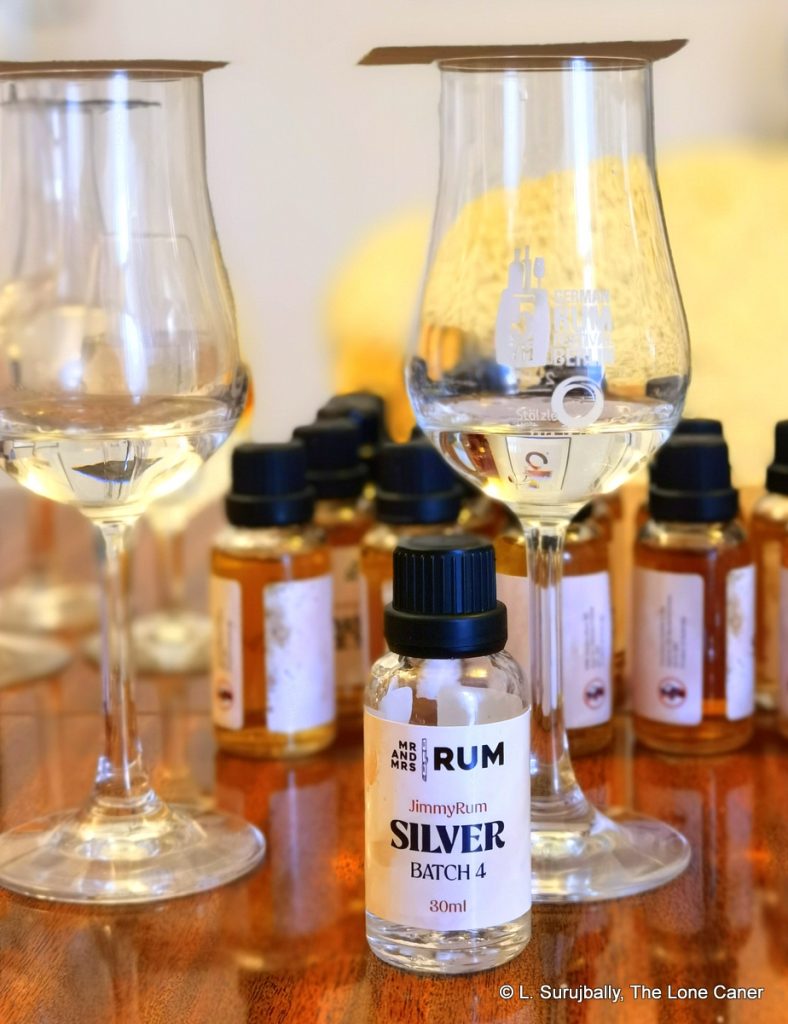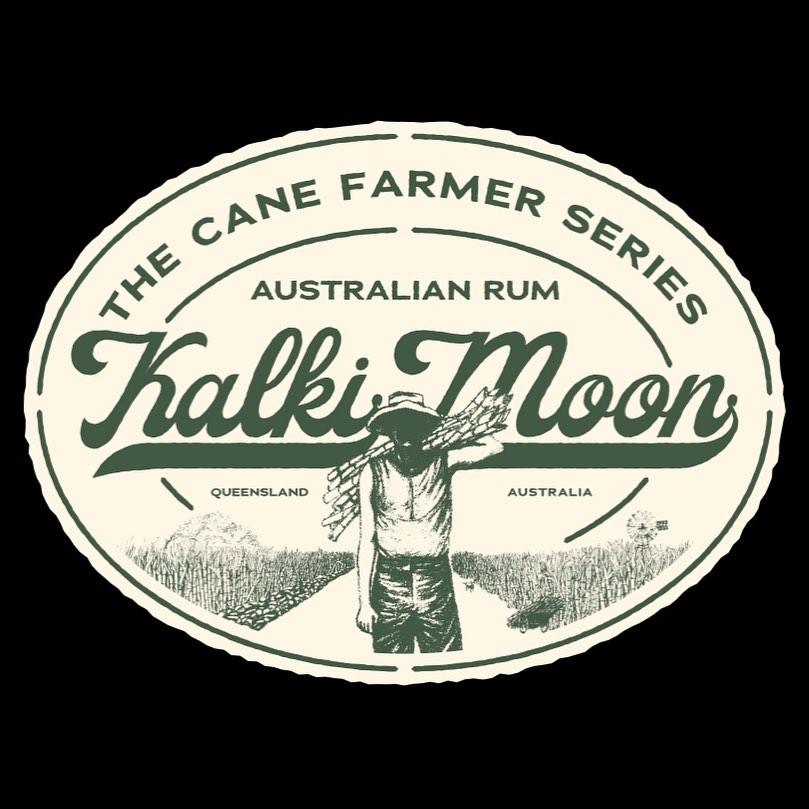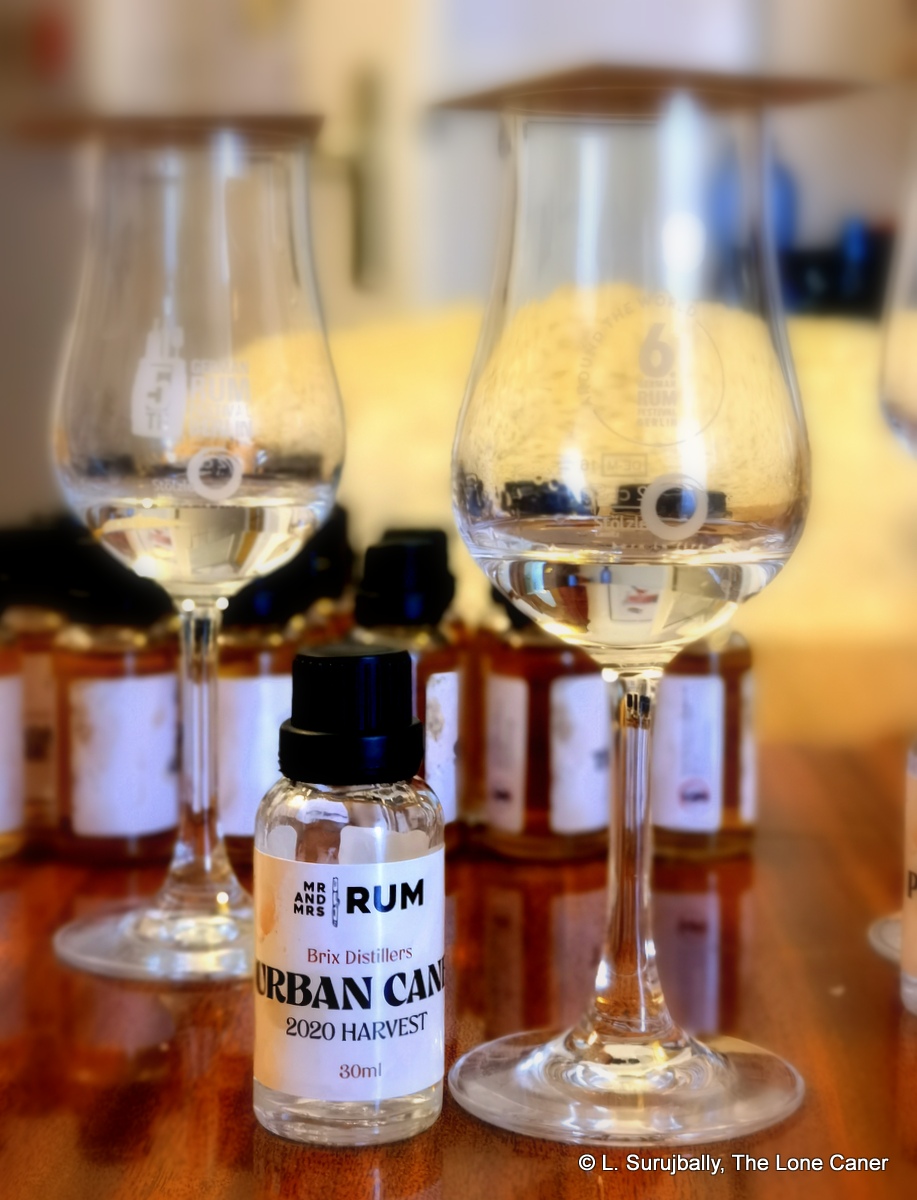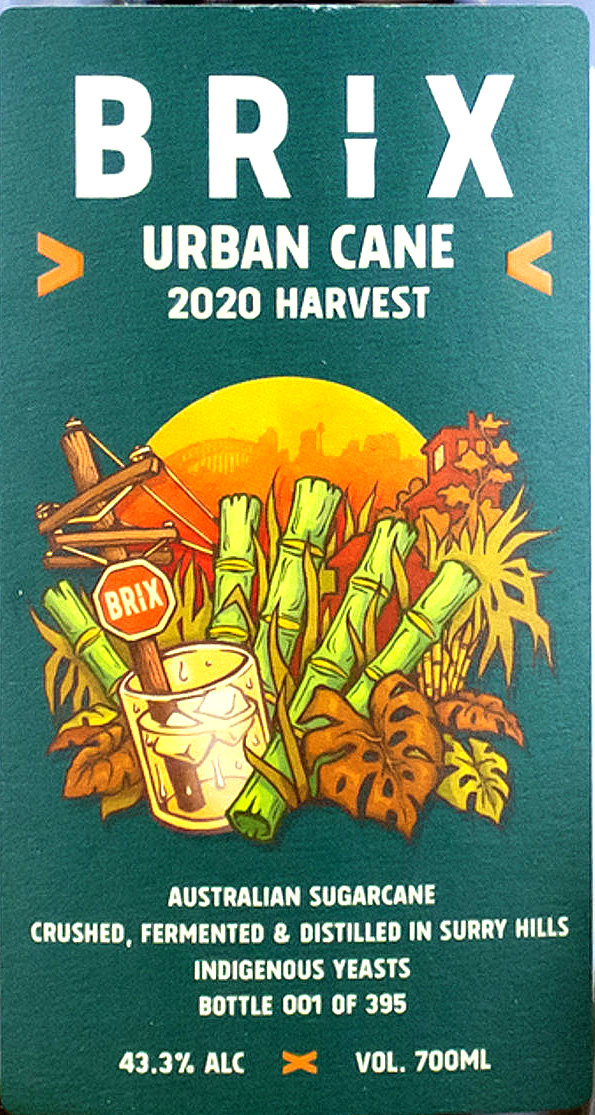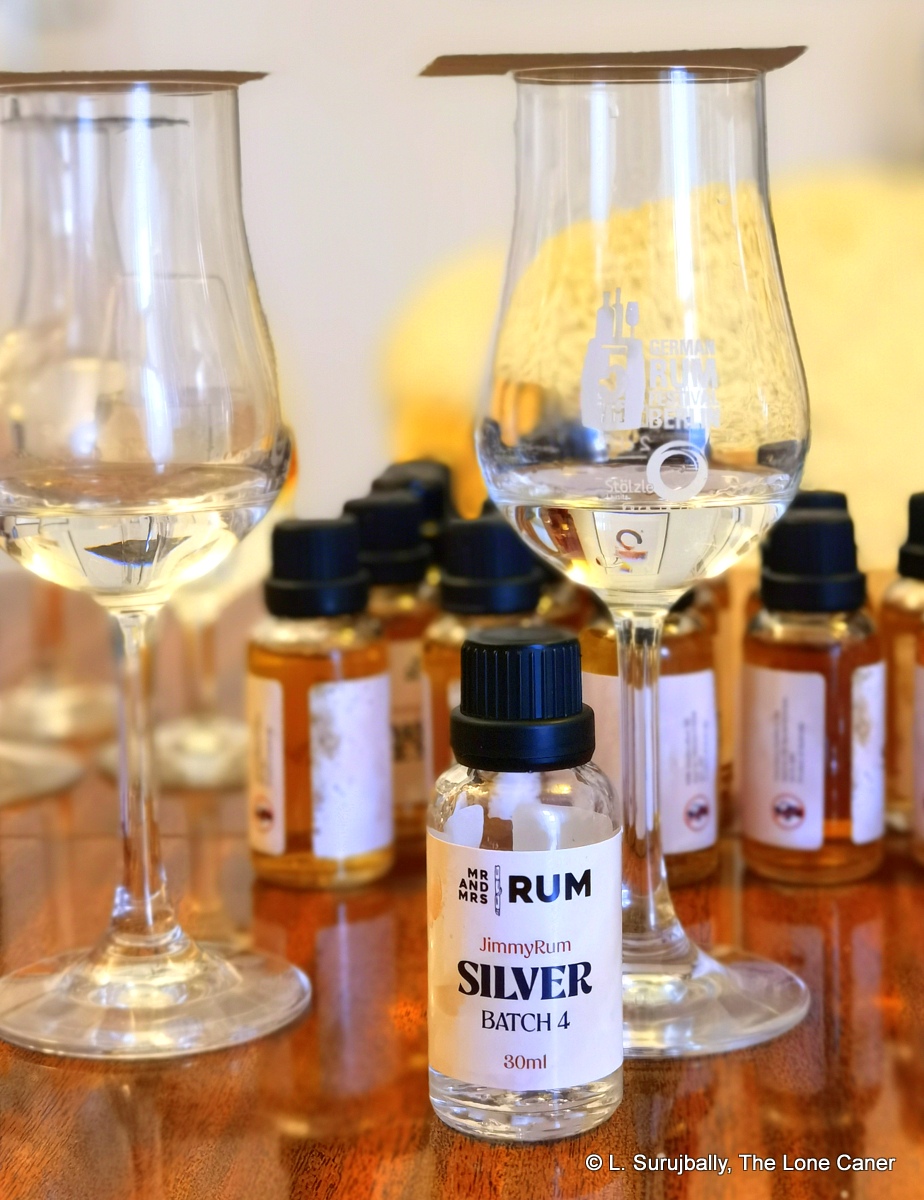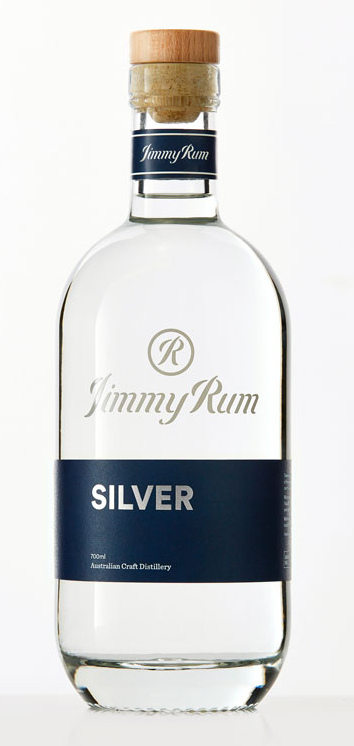“Worthy Park”. No more need be said, no further introduction is needed. They are one of the New Jamaican distilleries, without which the island’s rums cannot be properly understood or appreciated. They wield pot stills with the casual ease of Thor and his hammer, put any amount of unsuspecting Bacardi drinkers under the table, and have produced rums for independent bottlers and themselves that are stunning in their quality and taste chops. All this from a joint that only (re)opened for business in 2005 after four decades in mothballs.
Once they fired up the new distillery, Worthy Park initially began making rums for the local market (as well as some judicious bulk sales for cash flow); the breakouts that sold well and allowed them to muscle their way into the market were the entry-range stalwarts of the Select, Gold, Silver and – of course! – the Appleton-slaying Overproof. The Silver was introduced around 2017 (WP saw an opening in a market that amazingly, had no unaged white all-pot-still Jamaican at 40% at all) and made a mark immediately – it was a softer and easier unaged pot still rum, a blend of three marques, with just enough funk to appeal and just enough cool not to scare the hell out of aforementioned drinkers only now picking themselves off the ground. For people who walked warily around the overproofs, this was manna from heaven.
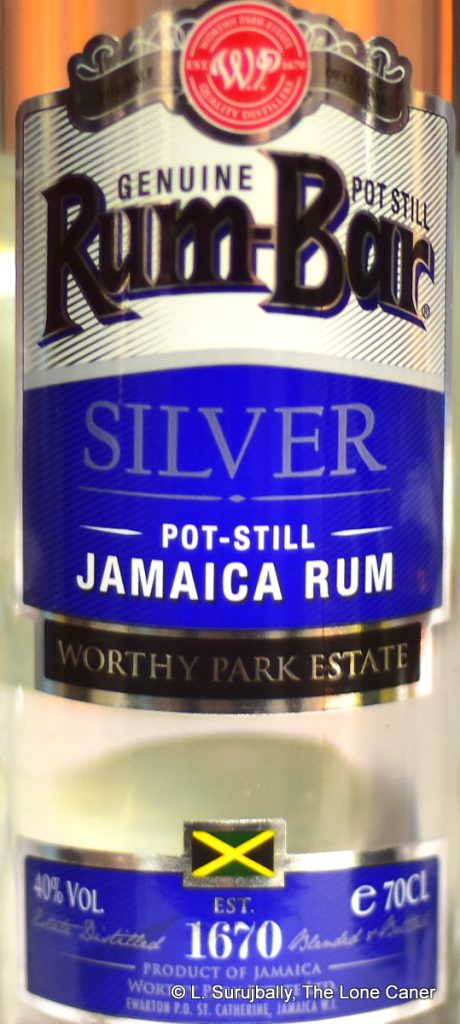 It’s easy to see why it’s so popular. The three marques included in the blend – WPL, WPEL and WPE – provide structure and a series of increasingly funky tastes that don’t clash, and play nice with each other, each enhancing another’s strengths. This is evident even on the nose: it’s salty unsweetened caramel chocolate mixed in with pineapple, strawberries, bubble gum and a series of juicy fruits like red grapefruit, gooseberries, squishy bananas. The tartness of sour cream and laban, cucumbers in pimento infused light vinegar almost but not quite leap out to titillate. No sugar to dampen the experience here, that much is clear. A little acetone and nail polish, a couple of olives and there you are.
It’s easy to see why it’s so popular. The three marques included in the blend – WPL, WPEL and WPE – provide structure and a series of increasingly funky tastes that don’t clash, and play nice with each other, each enhancing another’s strengths. This is evident even on the nose: it’s salty unsweetened caramel chocolate mixed in with pineapple, strawberries, bubble gum and a series of juicy fruits like red grapefruit, gooseberries, squishy bananas. The tartness of sour cream and laban, cucumbers in pimento infused light vinegar almost but not quite leap out to titillate. No sugar to dampen the experience here, that much is clear. A little acetone and nail polish, a couple of olives and there you are.
I have a thing for high-ABV unaged whites that aren’t filtered into insensibility, and by that standard the Silver doesn’t rank all that high…but I assure you, it isn’t a fail: you can in fact taste quite a bit if your palate is fresh and you pay attention. It is admittedly thin, somewhat watery and light: but well-positioned to make, say, a decent daiquiri. One can taste citrus, lime zest, black pepper, sugar water, pears, cucumbers (same pimentos are back for an encore) and while it does have some jagged scratchy edges, and lacks the force, zest and punch of its cousins, the Silver remains quite approachable and finishes quietly and quickly with just brief hints of cumin, brine, acetones and touch of flambeed bananas.
It’s a decent enough rum by itself, with a profile that clearly suggests its fate is to be in cocktails. And of course, I can see backyard residents of Cockpit Country or Trenchtown drinking it neat in plastic tumblers while slamming down the dominos on hot, drowsy Sunday afternoons. Most of us fall somewhere in between these poles, and generally speaking, its low strength seems deliberately chosen to appeal to a wide segment of potential consumers, though the relative thinness and fast finish work against taking it into sipping, the way one might occasionally risk with, oh, a clairin.
After having run through nearly a score of various Worthy Park rums, I’m left with the conclusion that as good as the standard strength rums are (at any age), it is the stronger rums (of any age) that are the stars of the house. For those who know the bigger and badder higher-proofed level bosses that come boiling off of WP’s pot stills, the potential which the Silver suggests is no mere glimpse, but a reality and so the Silver is unlikely to enthuse. Yet I believe that the Silver is an introduction to their quality, doesn’t try to take their place, and is just itself…and perhaps it’s in that fact that we gain an understanding of its great mass appeal in and beyond the shores of Jamaica.
(#988)(78/100) ⭐⭐⭐
Other Notes
- The old stalwarts have mostly not weighed in on the rum, and even reddit is surprisingly thin with evaluations. Josh Miller from San Francisco, writing one of his last posts in 2018 where he examined Worthy Park’s background, quite liked it. The not very well known website of the Rum Social Club wrote an undated, and quite positive review, and rated it 75 points (which corresponds to ~87 points on mine). Paul Senft from the US gave it an unscored and positive write up in 2019. The Rum Barrel rated it in 2021, 82 points which is good, for him, as he skews low. On Rum-X 18 users are averaging 6.4/10 (half rated it six with one giving it a dismissive 3, which seems low, but ok). In an odd concordance, Rum Ratings gave it 6.3 off of 9 evaluations.
